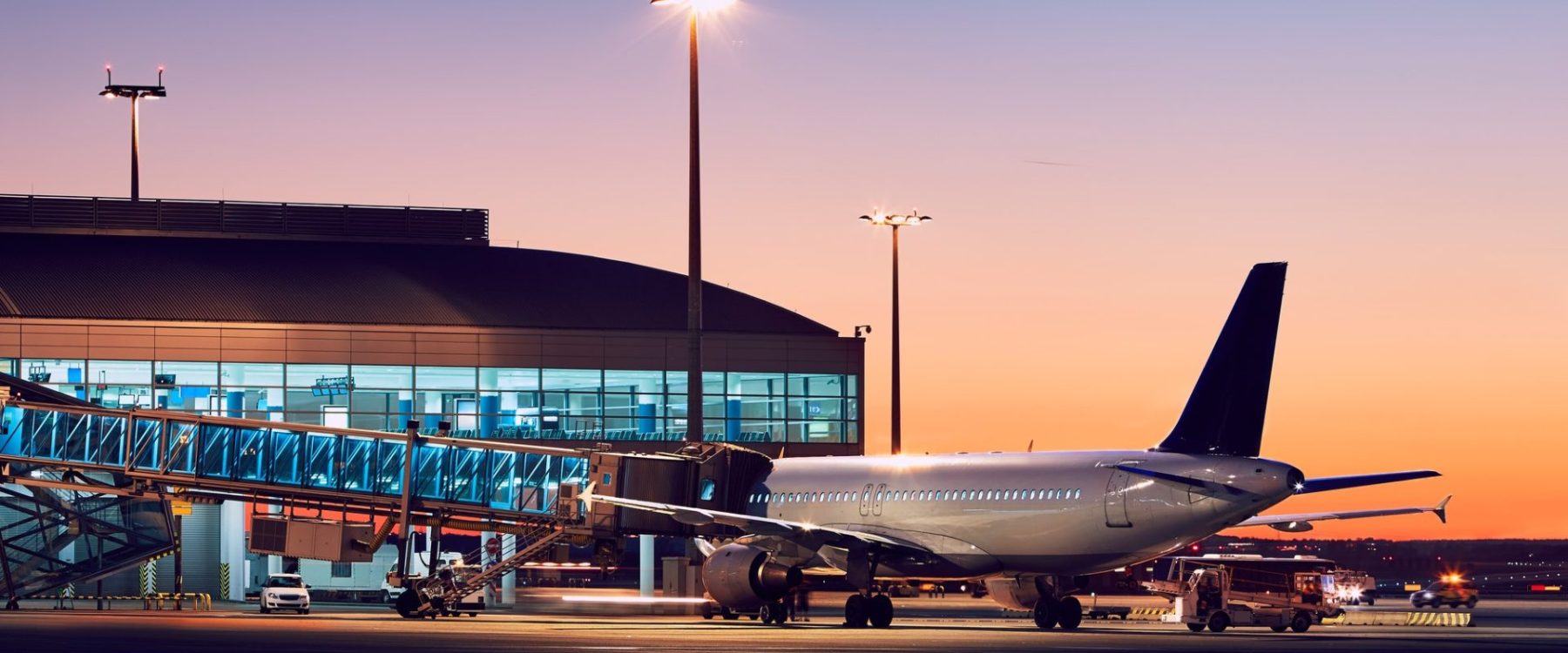When it comes to constructing facilities that are vital for the operations of businesses, organizations, and society as a whole, mission-critical construction plays a crucial role. These specialized projects are designed to ensure the reliability, performance, and continuity of critical infrastructure in various industries. In today’s fast-paced world, where technological advancements and global events demand robust and resilient infrastructure, the significance of mission-critical construction has never been more apparent.
The Role of Mission-Critical Construction
Mission-critical construction focuses on building facilities that are essential for the continuous operation of businesses and institutions. These facilities are designed to support critical functions and services that cannot afford downtime or disruptions. Industries such as data centers, air traffic control towers, healthcare facilities, emergency response centers, and government buildings heavily rely on mission-critical infrastructure to ensure seamless operations and service delivery.
1. Security
Security is a top priority in mission-critical construction. Facilities must be equipped with advanced security measures to protect sensitive data, equipment, and personnel. This includes physical security systems, cybersecurity protocols, and disaster recovery plans.
2. Redundancy
Redundancy is crucial to ensure that systems remain operational even in the event of a failure. This involves creating multiple backup systems for power, data, and communication networks. For example, data centers often have redundant power supplies and cooling systems to prevent downtime.
3. Energy Efficiency
Energy efficiency is another key factor, as the continuous operation of mission-critical facilities demands a reliable and sustainable power source. Implementing energy-efficient technologies and practices not only reduces operational costs but also minimizes the environmental impact of these facilities.
4. Scalability
Mission-critical facilities must be designed with scalability in mind. As businesses and organizations grow, their infrastructure needs will also expand. Building scalable facilities allows for seamless integration of additional resources without major disruptions.
5. Regulatory Compliance
Compliance with industry-specific regulations and standards is mandatory for mission-critical facilities. This ensures that the facilities operate within legal frameworks and meet safety and performance standards.
Read More: How to Find the Best Commercial Construction Company?
Key Considerations in Mission-Critical Construction
Building mission-critical facilities comes with unique challenges and considerations that differentiate them from traditional construction projects. Security is a top priority, with stringent measures in place to protect sensitive data and assets. Redundancy is also crucial to ensure that systems remain operational even in the event of a failure. Energy efficiency is another key factor, as the continuous operation of mission-critical facilities demands a reliable and sustainable power source.
The Future of Mission-Critical Construction
As technology continues to evolve and industries become increasingly reliant on digital infrastructure, the demand for mission-critical facilities is expected to grow. Emerging trends such as modular construction, which expedites the building process while maintaining quality standards, are becoming more prevalent in mission-critical projects. Smart building systems that optimize energy usage and enhance security are also shaping the future of mission-critical construction, ensuring that critical infrastructure remains efficient and resilient.
1. Modular Construction
Modular construction is becoming more prevalent in mission-critical projects. This method expedites the building process while maintaining quality standards. Prefabricated modules can be assembled off-site and then transported to the construction site, reducing construction time and costs.
2. Smart Building Systems
Smart building systems that optimize energy usage and enhance security are also shaping the future of mission-critical construction. These systems use advanced sensors and IoT (Internet of Things) technology to monitor and control various aspects of the facility, ensuring efficient and secure operations.
3. Sustainable Practices
Sustainability is becoming a core consideration in mission-critical construction. Implementing green building practices, such as using renewable energy sources and sustainable materials, helps reduce the environmental footprint of these facilities and promotes long-term resilience.
Conclusion
In conclusion, mission-critical construction plays a vital role in supporting the operations of industries and organizations that require continuous and reliable infrastructure. By addressing key considerations, learning from successful case studies, and embracing future trends and technologies, we can ensure that mission-critical facilities are built to withstand the challenges of today’s dynamic world. Stay informed and engaged in the advancements of mission-critical construction to contribute to a more resilient and reliable infrastructure for the future.
About GTA General Contractors
Headquartered in Toronto, ON, GTA General Contractors is a leading full-service commercial & industrial general construction and land development company, specializing in a wide range of sectors including commercial, industrial, hospitality, and institutional projects. With years of industry experience, GTA General Contractors has established itself as a trusted name in the construction and development landscape throughout Toronto/GTA, Niagara, Hamilton, Muskoka, London and Simcoe County area

